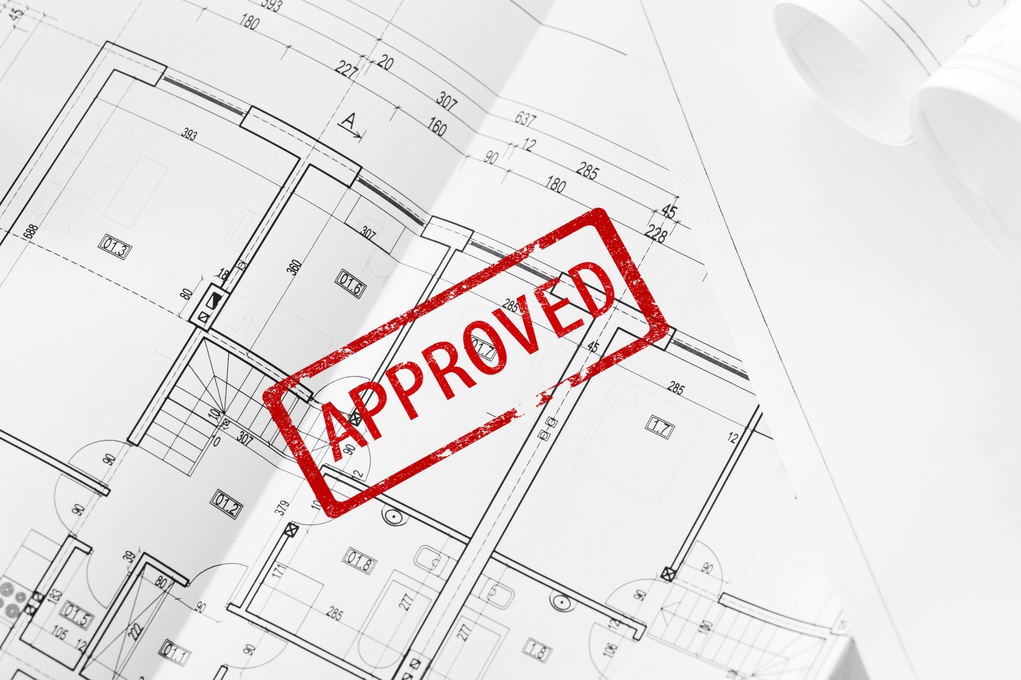DESIGN
Securing planning permission

Planning permission is the government’s written authorisation for you to build a house according to the plans you submit to them, oftentimes with conditions attached. Books have been written on the subject (and plenty of articles too) but ultimately what matters is designing a house that falls within the local planning authority’s zoning laws and following the planners’ procedures to secure permission. Many local authorities have Rural Design Guidelines, usually available online, which will indicate the kinds of external finishes, e.g. stone cladding, and size and shapes of windows and doors they deem to be typical of the area, among other visual considerations.
There are however some other areas such as poor percolation (for sewage discharge) which may mean that the site itself may never get planning permission in ROI and it is important to check this out before going too far. In NI, your planning approval will stipulate that you must also get effluent discharge consent separately if you do not already have it.
Your designer, if they are a local, should also have a good understanding and plenty of experience in what the planners are looking for and the things that they tend to reject. This local knowledge can be invaluable. It can also be desirable to get a designer who is not afraid to challenge the planners when appropriate.
Some projects do not require planning permission, such as small extensions if they fall within specific parameters.
In the case of listed buildings, depending on the classification of the listing, you need to secure permission on some internal work too. If in any doubt you can request clarification from the planners whether your project does or doesn’t fall within planning law. The rules are complex. In NI, for example some can contradict or be superseded by others – so get expert advice. Permission for carrying out works to historic buildings in NI is controlled by HED (Historic Environment Division) and requires an application in addition to your planning application.
For new structures in ROI the rule of thumb tends to be is that if it is to be habitable, it requires planning permission.
It is both risky and a waste of time and money to design something that is unlikely to meet with approval. In this regard pre-planning meetings can be helpful to test out if your profile and that of the house, including any unusual ideas you may have, fits with the planners’ requirements. Specialist planning consultants can be employed to give you the best opportunity of gaining approval. Pre-planning meetings will not make any decisions for you and you still need to make a planning application to find out for sure, if and what, you can build.
An often-neglected aspect to this process is consulting with neighbours, despite being one of the easiest things to do, so as to uncover their concerns and slightly modifying an aspect of your design to avoid objections. This will form part of your due diligence with regards to your application. To be valid objection needs to be relevant to planning policy and not be simply a case of a neighbour who doesn’t want a house in the adjacent field.
In areas where you know it is difficult to get planning permission, a consultation with a planning consultant is likely to reap dividends. The planning approval will often come back with conditions. Bear in mind you must build to the letter of the approval otherwise conveyancing will be an issue (selling the house). The planners will also have a legal case against you if you seriously contravened the grant of planning approval.





